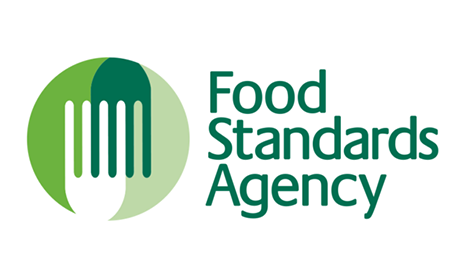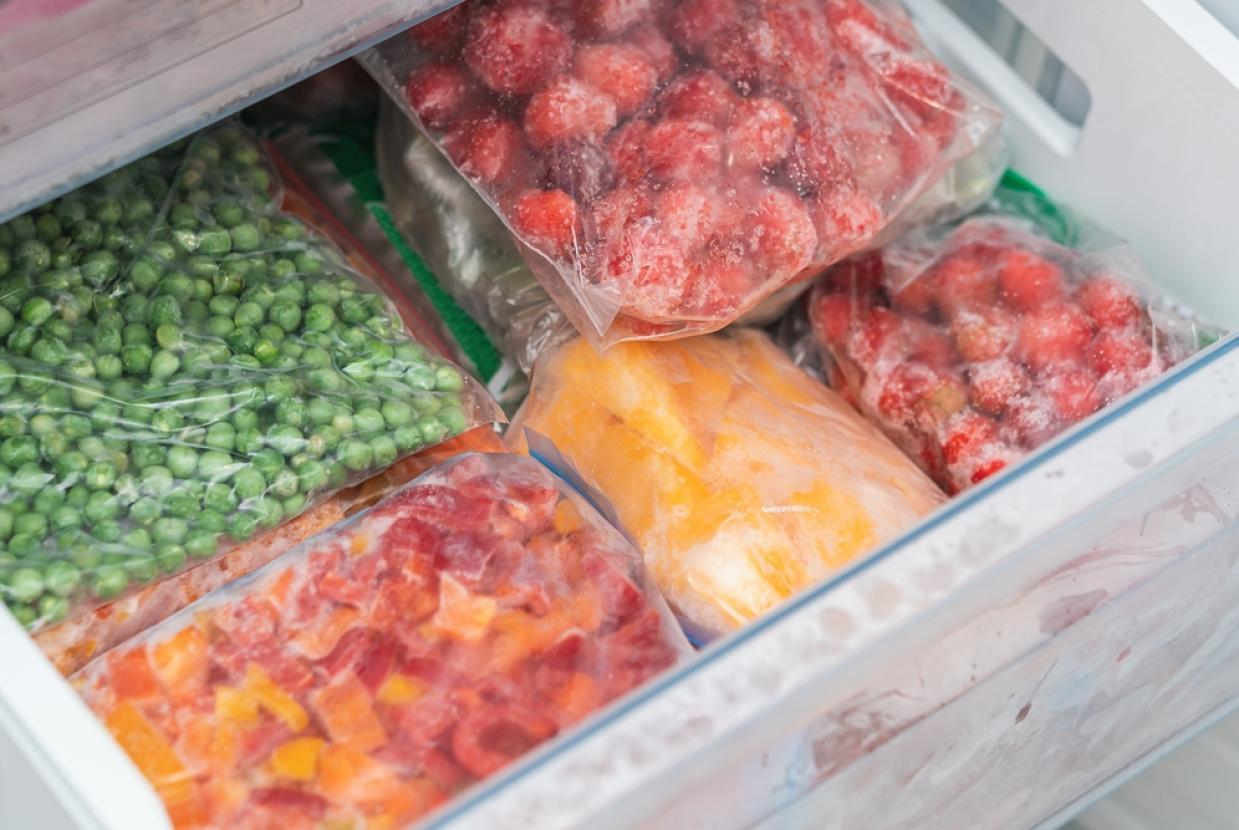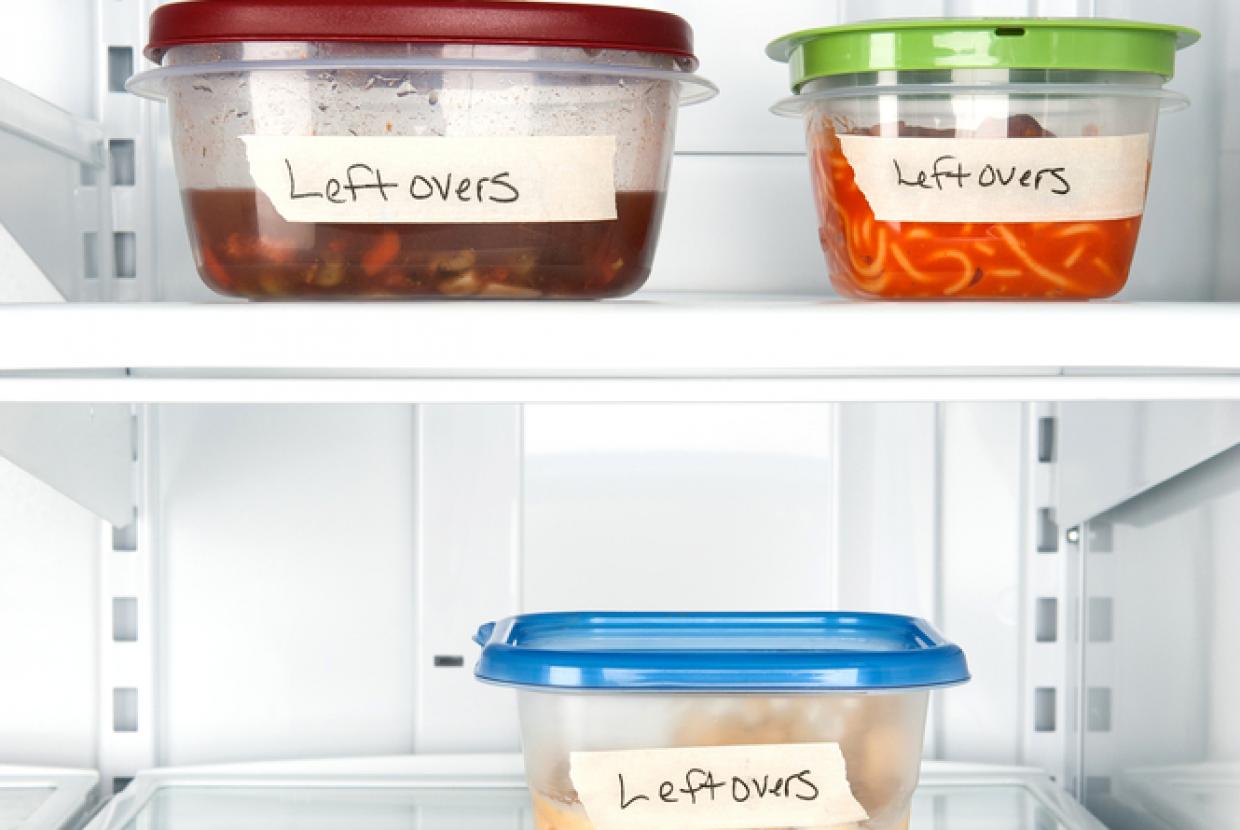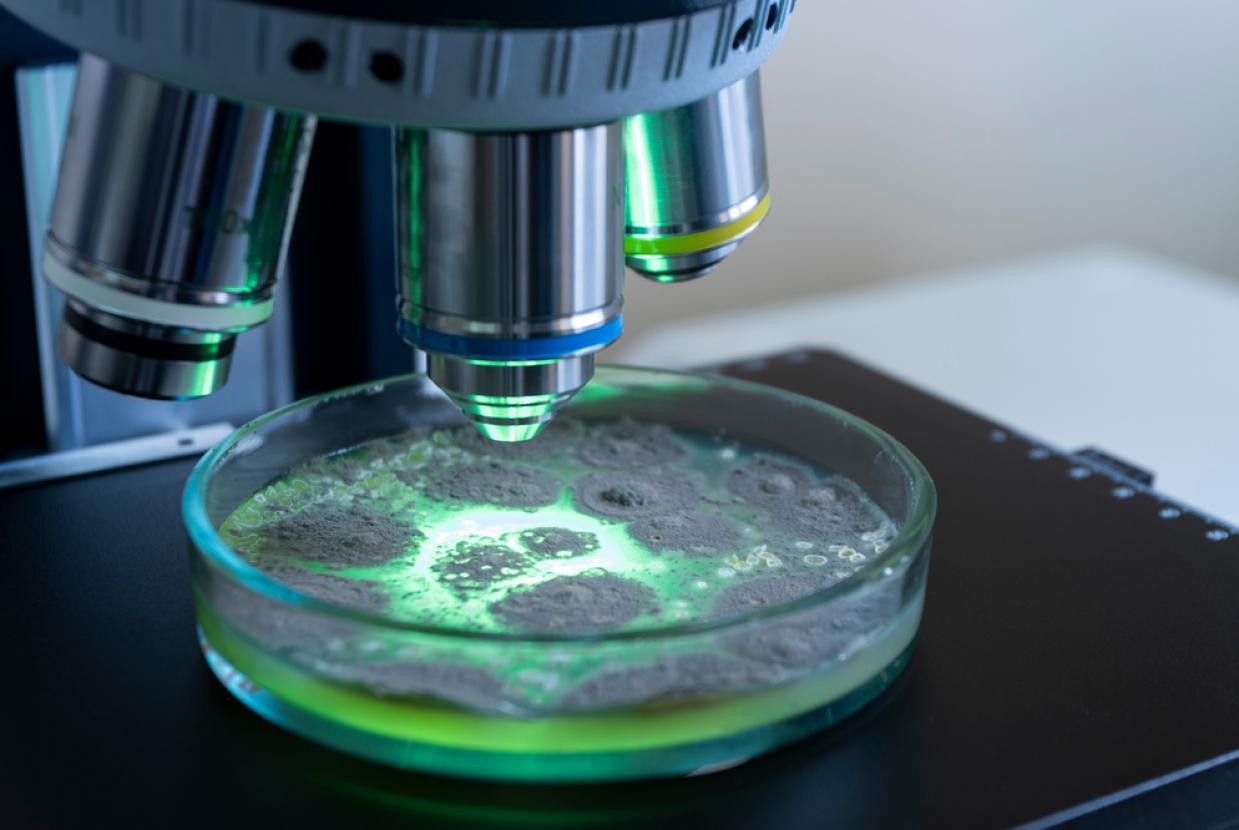Food Additives: What To Know
Food Safety / Healthy DietFood additives are ingredients that are added to foods to carry out particular functions. Manufacturers must provide information about any additives used in the foods they produce. You can find this information in the list of ingredients on the packaging. It will tell you what each additive does, followed by its name or E number.
Different types of food additives
Food additives are grouped by what they do. The additives that you are most likely to come across on food labels are:
- antioxidants – these stop food becoming rancid or changing colour by reducing the chance of fats combining with oxygen
- colours
- emulsifiers, stabilisers, gelling agents and thickeners – these help to mix or thicken ingredients
- preservatives – used to keep food safer for longer
- sweeteners – including intense sweeteners like stevia and aspartame which are many times sweeter than sugar
How we make sure food additives are safe
Additives must be assessed for safety before they can be used in food. We also ensure that:
- the science on additives is strictly reviewed
- the law is strictly enforced
- action is taken where problems are found
We investigate any information that casts reasonable doubt on the safety of an additive.
Food colours and hyperactivity
We funded research into possible links between food colours and hyperactivity in children. It found that consuming certain artificial food colours could cause increased hyperactivity in some children.
These artificial colours are:
- sunset yellow FCF (E110)
- quinoline yellow (E104)
- carmoisine (E122)
- allura red (E129)
- tartrazine (E102)
- ponceau 4R (E124)
Food and drink containing any of these six colours must carry a warning on the packaging. This will say ‘May have an adverse effect on activity and attention in children’.
We encourage manufacturers to work towards finding alternatives to these colours. Some manufacturers and retailers have already taken action to remove them. It’s important to remember that hyperactivity can also be caused by other things. So being careful about what a child eats may help manage hyperactive behaviour but it may not stop it.
E numbers
A food additive is only approved if; it has been tested and proved to be safe for its intended use; there is a justifiable technological need to use it; and its use does not mislead the consumer.
All the foods we eat consist of chemicals in one form or another. Many food additives are chemicals which exist in nature such as antioxidants ascorbic acid (vitamin C) or citric acid, found in citrus fruits.
Due to technological advancements, many other additives are now man-made to perform certain technological functions. Whether or not the chemicals used in additives exist in nature, they are subject to the same safety evaluations.
Some consumers think of food additives (E numbers) as a modern invention used to make cheap foods. In reality, food additives have a long history of consumption and are used in many traditional foods. For example, wines including Champagne contain sulphites, and bacon contains the preservatives nitrates and nitrites to prevent the growth of botulism.
Sweeteners
As with all other food additives, sweeteners must undergo a safety evaluation before they are authorised for use in food.
Only people who are diagnosed at birth with phenylketonuria need to avoid foods containing certain sweeteners, i.e. aspartame and aspartame-acesulfame salt. This is because they cannot consume foods containing phenylalanine which includes foods such as meat, dairy and nuts.
Due to reported concerns about sensitivity to aspartame (e.g. headaches, dizziness and stomach upsets) the Food Standards Agency commissioned research to investigate this further. People who self-reported sensitivity to aspartame were either given a cereal bar with or without aspartame; but were not told which bar they had consumed. The results showed that there was no difference in reported symptoms after eating the aspartame containing bar compared to the normal bar.
This study only investigated possible short-term effects of aspartame consumption. The European Food Safety Authority (EFSA) opinion concluded that aspartame and its breakdown products are safe for the general population, at current levels of exposure.
Glycerol
Slush ice drinks can contain the ingredient glycerol as a substitute for sugar, at a level required to create the ‘slush’ effect. At this level, we recommend that children aged four years and under should not consume these drinks.
This is due to their potential to cause side-effects such as headaches and sickness, particularly when consumed in excess.
For more information on glycerol and our guidelines for businesses that produce slush drinks, see our Approved additives and E numbers page.
Caffeine in ‘energy drinks’ and other foods
Energy drinks are generally drinks with high levels of caffeine. They are usually marketed as giving a mental and physical 'boost' by providing more ‘energy’ than regular soft drinks like cola. They’re different to ‘sports drinks’ which you might use to replace electrolytes lost during exercise.
Energy drinks can contain high levels of caffeine, Products with increasingly higher caffeine levels are being introduced to the market. Caffeine levels in a can of energy drink can vary between 80mg (equivalent to two cans of cola or a mug of instant coffee) and 200mg (equivalent to five cans of cola). Imported versions of energy drinks often have higher caffeine content than the UK equivalent product. As even small cans of energy drinks or bottle of 'energy shot' products can contain anywhere from 80mg to as much as 200mg of caffeine in a small 60ml bottle.
How much caffeine is safe for me?
In May 2015, The European Food Safety Authority (EFSA) published a report on the safety of caffeine. They looked at research on the short term adverse effects of caffeine such as interrupted sleep, anxiety and behavioural changes and increased blood pressure.
EFSA’s advice for those without underlying health problems such as hypertension, is that:
- Pregnant and breast-feeding women: Daily intakes of caffeine up to 200mg do not raise safety concerns for the unborn child or breast-fed child. For breast-feeding women, single doses of caffeine up to 200mg are not a safety concern for the child.
- Adults: Single doses of caffeine up to 200mg and daily intakes of caffeine up to 400mg do not raise safety concerns.
- Children and Adolescents: Single doses of caffeine up to 3mg/kg body weight (bw) and daily intakes of caffeine up to 3mg/kg bw do not raise safety concerns. For a 10-year-old child weighing 30kg, this would work out to around 90mg of caffeine. Even a small can of energy drink can contain up to 200mg of caffeine and exceed the recommended daily intake for a child.
What will the label tell me?
The Food Information (assimilated Regulation (EU) 1169/2011) requires specific labelling for high caffeine drinks and foods where caffeine has been added for a physiological effect. This labelling helps consumers to identify foods with high caffeine content in those products where they may not expect to find it.
BSDA Voluntary Code
The British Soft Drinks Association has a voluntary Code of Practice on energy drinks, which suggests that the term 'Consume Moderately' (or similar words) should be included on the label and that such products should not be promoted or marketed to those under 16 years of age.
Nitrites and nitrates
Nitrites and nitrates are naturally present in vegetables such as spinach, lettuce, celery and even beetroot. These are the main sources of dietary exposure to nitrates with only around 5% coming from its use as a food additive.
Nitrites and nitrates (E 249–E 252) are used in certain cheeses and processed meats such as bacon, ham, corned beef and other cured meats to help keep it looking red and to aid the development of the ‘cured’ flavour. However, their main role is to reduce the growth of harmful microorganisms in particular clostridium botulinum, a bacterium that can be life threatening.
Are they safe?
All food additives must pass a robust safety assessment, a key element of which is looking at the actual risk to human health based on the levels at which an additive is likely to be present in the diet.
The FSA considers that existing levels of nitrites and nitrates are sufficiently protective for consumers. This is based on the view of the independent committees that advise the FSA, the rest of Government, and other scientific organisations such as the European Food Safety Authority (EFSA). These preservatives can only be used at the lowest effective levels which are kept under review.
Sodium and potassium salts of nitrite (E 249-250) and nitrate (E 251-252) were re-evaluated by EFSA in 2017; following which it advised that nitrites and nitrates intentionally added at permitted levels to meat and other foods remain safe.
Does red and processed meat cause cancer?
Whilst, links have been made between the over-consumption of red and processed meat and an increased risk of certain types of bowel cancer. It is not yet fully understood how this occurs; some contributory factors proposed are the processing method, how it is cooked (e.g. temperature) and may in part be a result of natural components in the meat.
Red and processed meat, whether produced with the use of nitrites and nitrates or without, can form part of varied and balanced diet when consumed within current NHS guidelines, and alongside healthy lifestyle choices.








































